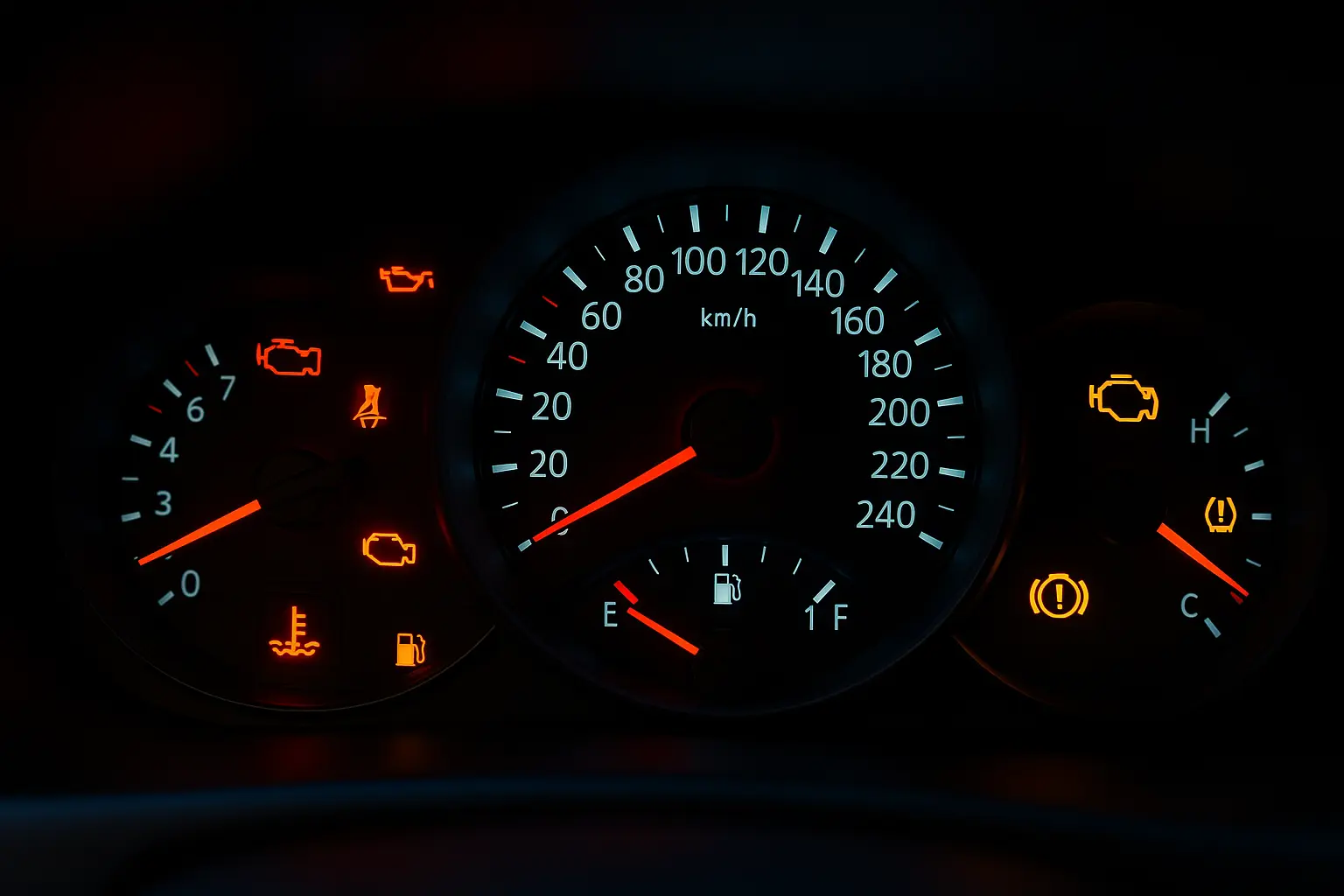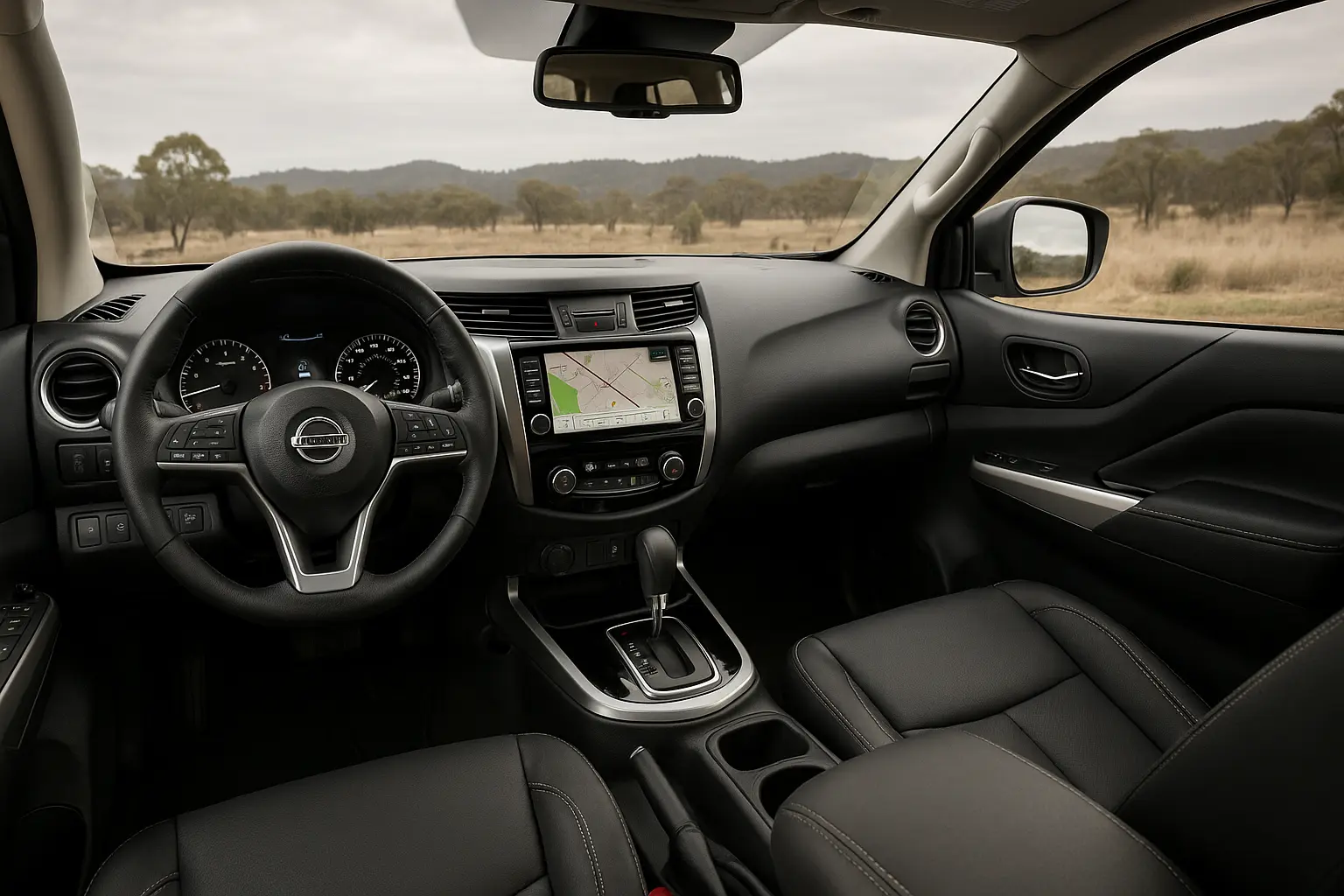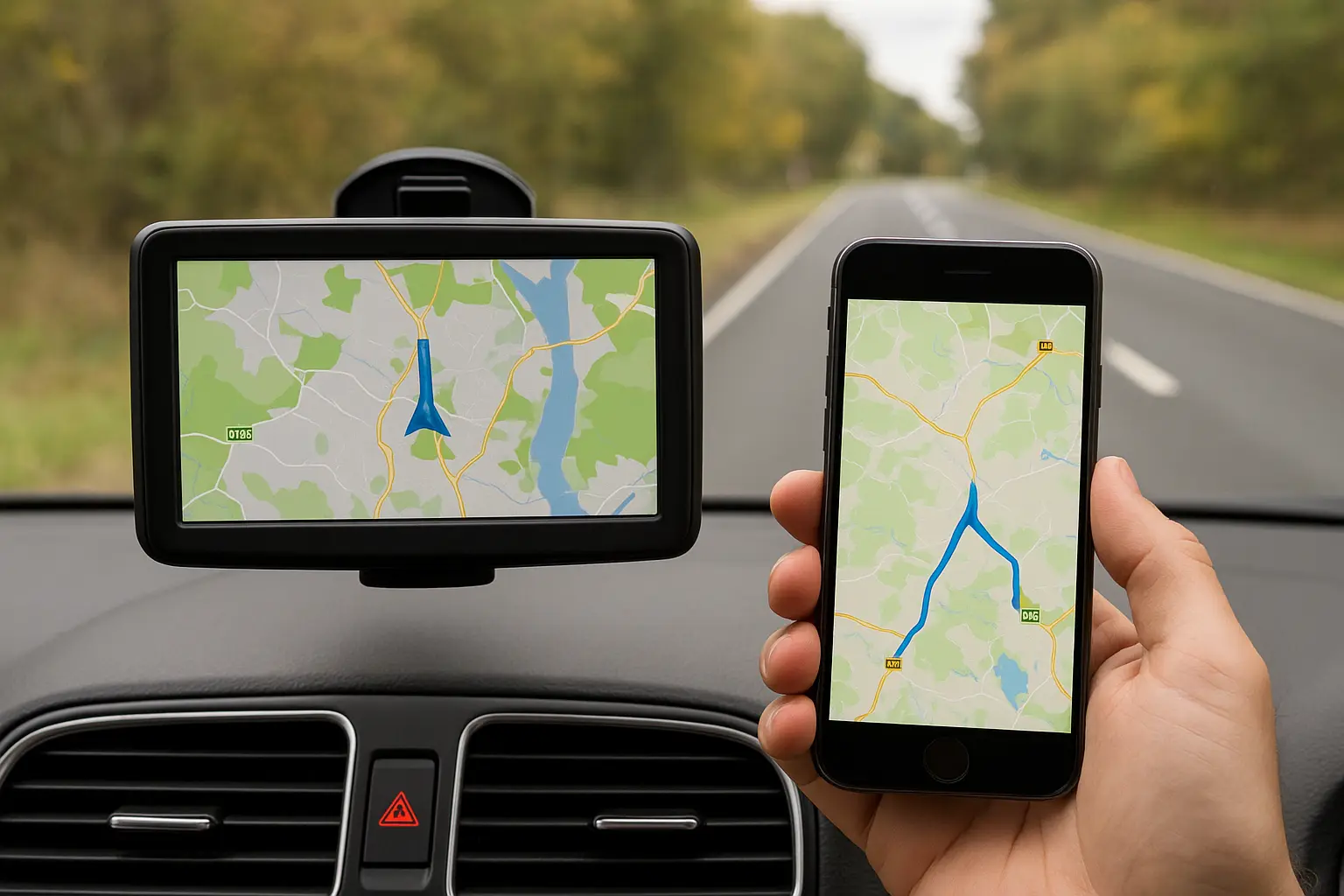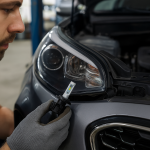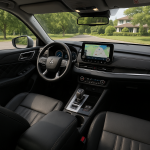Every modern car is equipped with a sophisticated dashboard designed to keep the driver informed about the vehicle’s status. For many Australian drivers, dashboard warning lights can feel like a foreign language—icons flashing red, amber, or green without clear instructions. While some lights are harmless reminders, others can indicate critical issues that may compromise your safety or damage your vehicle if ignored.
In this comprehensive guide, we’ll walk through the most common car dashboard warning lights, explain their meanings, and suggest quick fixes you can try. Whether you’re driving an older hatchback in Sydney, a family SUV in Melbourne, or a hybrid vehicle in Brisbane, understanding these signals will make you a more confident and safer driver.
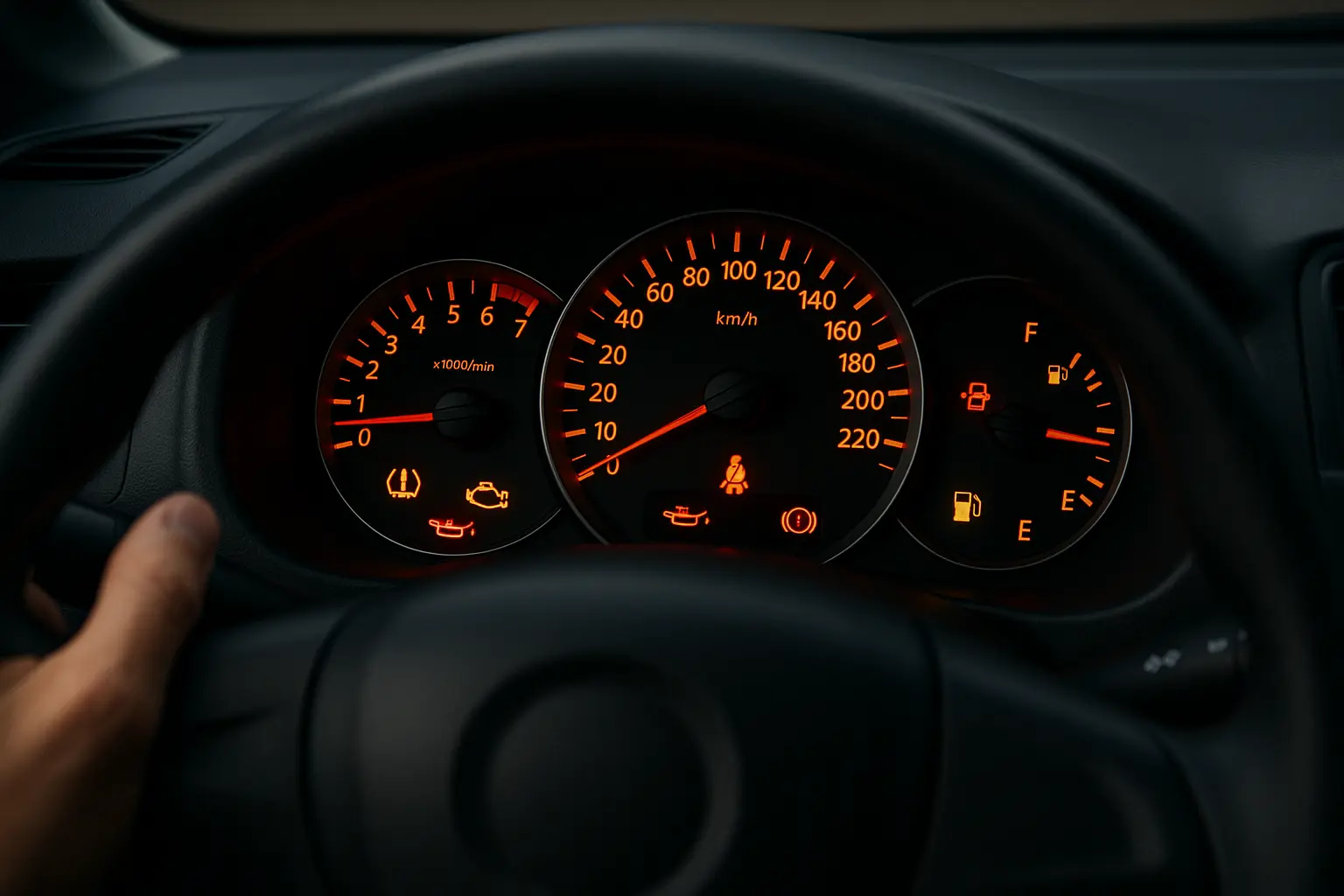
How Dashboard Warning Lights Work
Dashboard warning lights are linked to a network of sensors throughout the car. These sensors monitor performance, safety systems, fluid levels, and emissions. When something falls outside the normal range, a warning light illuminates on your dash.
- Colour coding is key:
- Red lights indicate urgent problems that may require you to stop immediately.
- Amber/yellow lights signal caution—something needs attention soon.
- Green/blue lights are informational, usually showing active functions like headlights or cruise control.
Understanding these lights is part of essential car ownership and maintenance.
Common Dashboard Warning Lights and Their Meanings
Engine Warning Light (Check Engine)
Perhaps the most dreaded of all, the engine warning light looks like a small outline of an engine. It could indicate something as minor as a loose fuel cap or as major as engine misfires.
Quick Fix:
- Check your fuel cap and tighten it if loose.
- If the light stays on, book a diagnostic test. Avoid ignoring it as it may affect fuel efficiency or emissions.
Oil Pressure Warning
This light, shaped like an oil can, signals low oil pressure. Without sufficient lubrication, your engine can seize within minutes.
Quick Fix:
- Stop the car safely.
- Check the oil level using the dipstick and top up if low.
- If the light remains on after topping up, seek professional help immediately.
Battery Charge Warning
This battery-shaped icon suggests a charging issue. It may mean your alternator is failing or the battery isn’t charging.
Quick Fix:
- Switch off unnecessary electrical systems (air-con, radio).
- Drive carefully to a mechanic; your car may stall if the battery drains.
Brake System Warning
A red circle with an exclamation mark (or the word BRAKE) indicates a brake system fault or low brake fluid.
Quick Fix:
- Safely pull over.
- Check brake fluid levels.
- Do not continue driving if brakes feel spongy—call roadside assistance.
ABS Warning
ABS (Anti-lock Braking System) helps maintain control under hard braking. If this light shows, ABS may not function properly, but your standard brakes should still work.
Quick Fix:
- Drive cautiously and avoid heavy braking.
- Book an inspection soon.
Tyre Pressure Monitoring System (TPMS)
A horseshoe-like icon with an exclamation point indicates low tyre pressure.
Quick Fix:
- Inflate tyres to recommended levels (check inside driver’s door or manual).
- If the light persists, one tyre may have a puncture.
Airbag Warning
This light indicates a problem with airbags or seatbelt pre-tensioners. In an accident, airbags may not deploy correctly.
Quick Fix:
- Visit a mechanic immediately. Do not ignore.
Coolant Temperature Warning
A thermometer in liquid icon means your engine is overheating.
Quick Fix:
- Stop the car.
- Let the engine cool before opening the bonnet.
- Check coolant levels; never open a hot radiator cap.
Transmission Warning
In automatic cars, a gear symbol with an exclamation mark signals transmission trouble.
Quick Fix:
- Avoid heavy acceleration.
- Get the car checked promptly; transmission repairs are costly if ignored.
Seatbelt Reminder
A simple light that reminds you or your passengers to buckle up.
Quick Fix:
- Fasten seatbelts.
Fuel Warning Light
The most familiar light: a petrol pump icon signals low fuel.
Quick Fix:
- Refuel as soon as possible.
- Running out of fuel can damage fuel pumps in some modern cars.
Why Ignoring Warning Lights is Risky
Ignoring dashboard warning lights can have serious consequences:
- Safety hazards: Brake or airbag issues can put lives at risk.
- Higher repair costs: A minor issue left unchecked may escalate into a major fault.
- Fuel efficiency loss: Engine-related lights often mean your car is burning fuel inefficiently.
- Warranty concerns: Some manufacturers may void warranties if lights are ignored.
Quick Fixes vs Professional Help
While some lights (like seatbelt reminders or low fuel warnings) can be resolved instantly, others require professional diagnostics. A general rule: if the light is red, stop driving immediately and seek help. If amber, drive cautiously and book a service soon.
Modern Cars and Advanced Warning Systems
Today’s cars, especially hybrids and EVs, come with advanced systems. Australian models from Toyota, Tesla, Hyundai, and Mazda often integrate dashboard warnings with mobile apps, allowing you to see detailed fault codes on your phone.
Features include:
- Predictive maintenance alerts based on driving patterns.
- Integration with roadside assistance apps.
- Remote diagnostics via telematics.
Car Maintenance Tips to Avoid Dashboard Alerts
Prevention is better than cure. To reduce the chance of warning lights surprising you:
- Regularly service your car as per logbook schedule.
- Check oil, coolant, and tyre pressure monthly.
- Keep your battery terminals clean.
- Replace worn brake pads and fluids.
- Use manufacturer-approved parts and fluids.
Buying a Used Car? Pay Attention to Warning Lights
When shopping for a used car in Australia, warning lights on the dash should raise red flags. Some sellers may reset or hide warning signals. Always request a pre-purchase inspection. A trusted mechanic with an OBD-II scanner can reveal hidden issues that may cost you thousands.
Car Dashboard Symbols Unique to Electric Vehicles
EVs come with their own set of dashboard alerts, such as:
- Charging system error (plug or cable issues).
- Battery overheating.
- Regenerative braking fault.
As Australia’s EV adoption grows, understanding these alerts is becoming as important as knowing fuel car signals.
When to Call Roadside Assistance
Roadside help is essential if:
- The engine warning light is flashing.
- Brakes feel compromised.
- The car is overheating.
- The battery light appears and the car stalls.
Don’t risk breakdowns on highways or remote Australian roads—assistance can save time and safety.
Final Thoughts
Car dashboard warning lights are not there to scare drivers—they are safety and maintenance tools designed to protect you, your passengers, and your car. By learning their meanings, applying quick fixes where possible, and knowing when to seek professional help, you can avoid costly repairs and stay safe on the road.
For more detailed car ownership and maintenance tips, visit carsoop.com.au , where we cover everything from new car reviews to long-term maintenance guides tailored for Australian drivers.
Leave a comment
Your email address will not be published. Required fields are marked *


